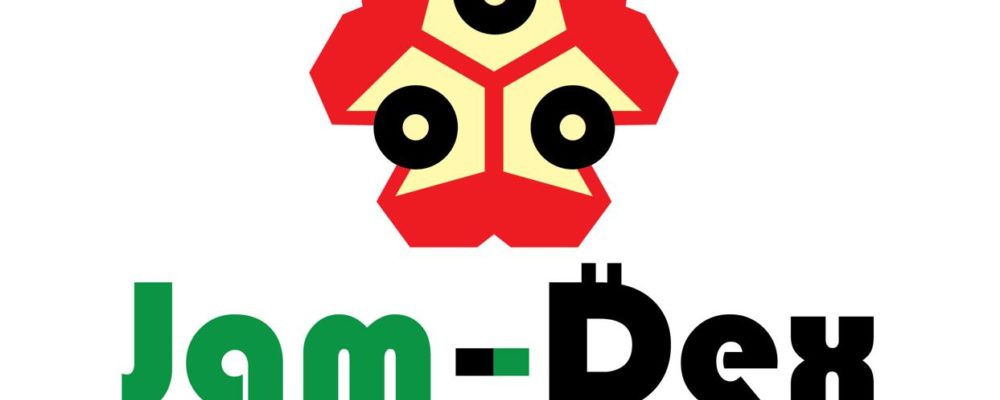
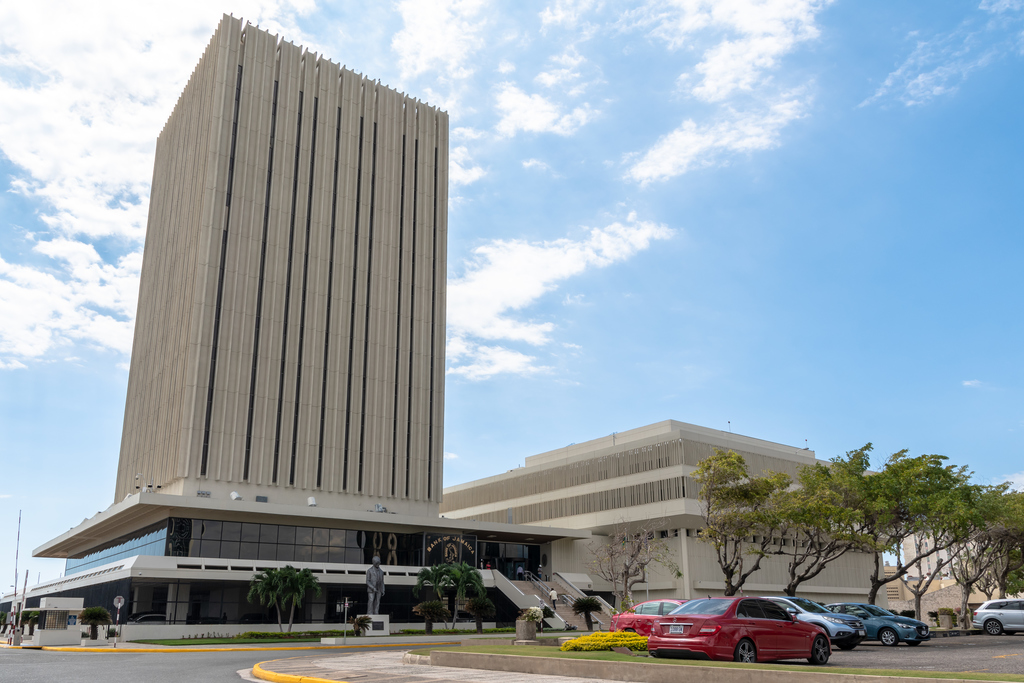
Jamaica’s evolution over the last 60 years has been nothing short of spectacular. The island has become a cultural mecca, home of musical icons, literary greats, and sprinting legends.
Many firsts have emerged since the island achieved independence. The most recent, and one that occurred just before the Diamond Jubilee celebration, is Jamaica becoming the first nation to legalise digital currency, where the Jamaican Senate gave the Bank of Jamaica permission to issue JAM-DEX (otherwise known as Jamaica Digital Exchange) in June.
Jamaica now stands with only 10 other countries worldwide to launch a Central Bank Digital Currency, (CBDC) including Nigeria, the Bahamas with its ‘Sand Dollar’, and several Caribbean nations.
Concurrently, the emergence of digital wallets in Jamaica such as Lynk – a digital wallet provided by The Future of Business (TFOB), part of the NCB Financial Group – is being hailed as a game changer and a pathway for achieving greater financial independence, security, and inclusion for more Jamaicans.

The journey to this point has been interesting indeed. Before the Spanish’s arrival in the early 16th century, there was no formal currency/monetary value system nor was there a need for it.
According to historians, the Amerindians used a barter system for transactions, exchanging one item for another without any monetary value being placed on the items.
However, when the Spanish colonised the island, their copper coins called Maravedis became the go-to currency.
It wasn’t until the 17th and 18th centuries that a currency with a defined value system was introduced to the island.
The coins were very thin and lightweight and had various stamps such as anchors or keys on them, which were likely intended to signify their varying values.
It wasn’t until the 17th and 18th centuries that a currency with a defined value system was introduced to the island.
At that time, the basic Spanish silver monetary unit was the Real. Eight reales made a dollar or ‘piece of eight’, 4 reales was a half dollar, 2 reales was a quarter dollar and so on.
In 1840, a law was passed authorising Britain’s currency as legal tender in Jamaica, which was under British rule. The lower denomination coins were made from copper. These included half-penny, penny ha’penny and penny, while the higher denomination coins were silver including sixpence, shilling, and crown. Remnants of this value system are still present in local vernacular, with many referring to a “shilling”, “pence” and “quattie”.
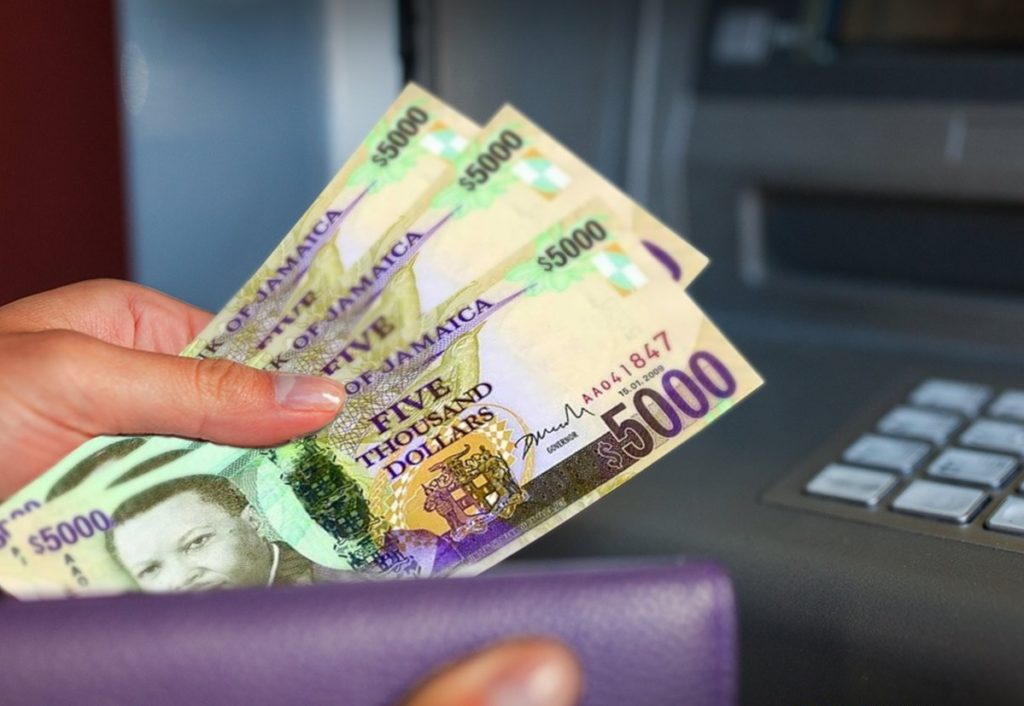
The next big evolution came with the establishment of Jamaica’s central bank, the Bank of Jamaica (BOJ), in 1960 and in 1969 when the Jamaican Dollar was born, as was the move to achieve greater financial independence for all. Back then, the BOJ became the sole issuer of currency on the island and the coins were designed, replacing the image of Queen Elizabeth with Jamaica’s National Heroes and Heroine as well as former prime ministers.
Between 1969-1994, different variations of the $1 to $500 coins and notes were introduced, followed by a $1,000 bill in 2000. In 2009, the Bank of Jamaica introduced a $5,000 note which became the highest denomination to date.

Fast forward to today, where in March of this year, during his National Budget presentation to Parliament, Minister of Finance and the Public Service Dr Nigel Clarke made several major announcements about Jamaica’s financial evolution.
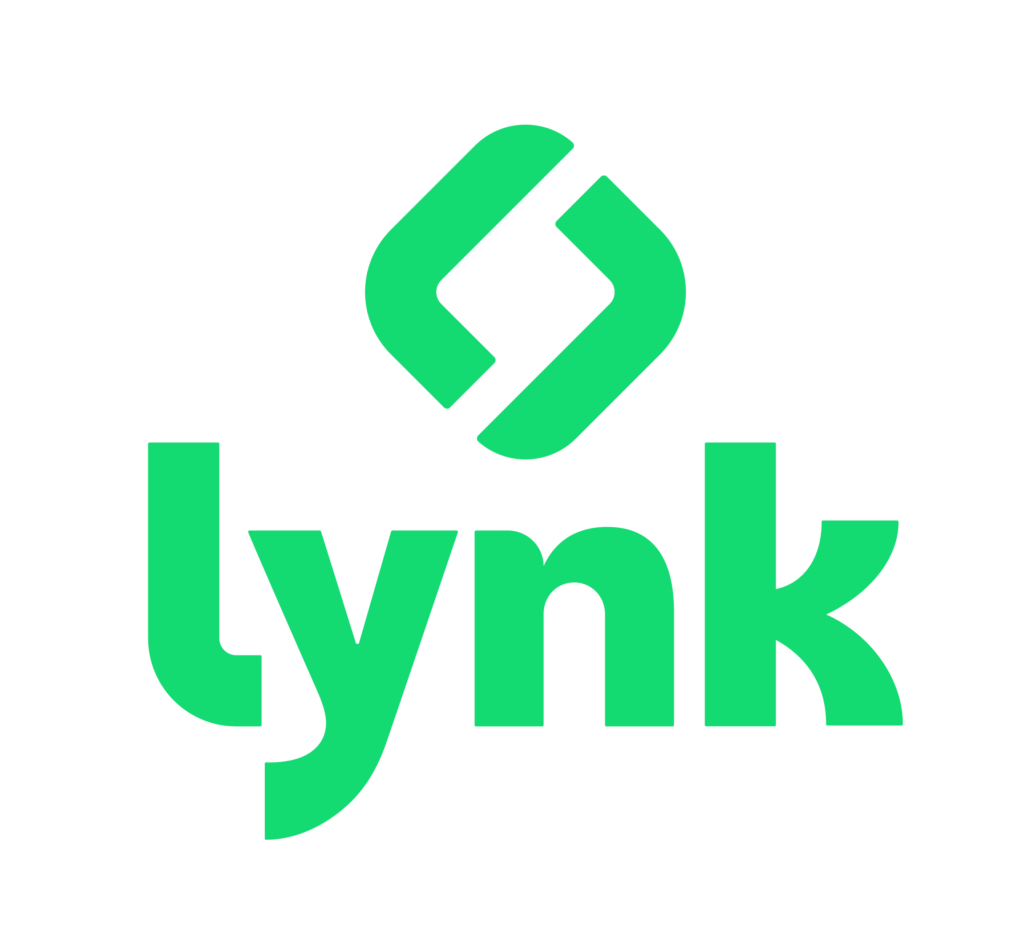
These included a $2,000 banknote to bridge the gap between the $1,000 and $5,000 bills, an upgrade in the existing bills to make them more distinguishable and to increase accessibility to vision-impaired Jamaicans, and more durable material that will increase the lifespan of the bills. The minister also publicly tested mobile payments to his barber, on his phone, using JAM-DEX, in the Lynk digital wallet.
The evolution of Jamaica’s currency from barter to Pound to JMD and now JAM-DEX is proof that the country is as bold about driving its financial evolution as it is about other major achievements. Jamaica has stepped in front as a leader in the financial technology revolution. Today, more Jamaicans have access to improved speed and ease of transactions; as well as a reduction in the cost of doing business.
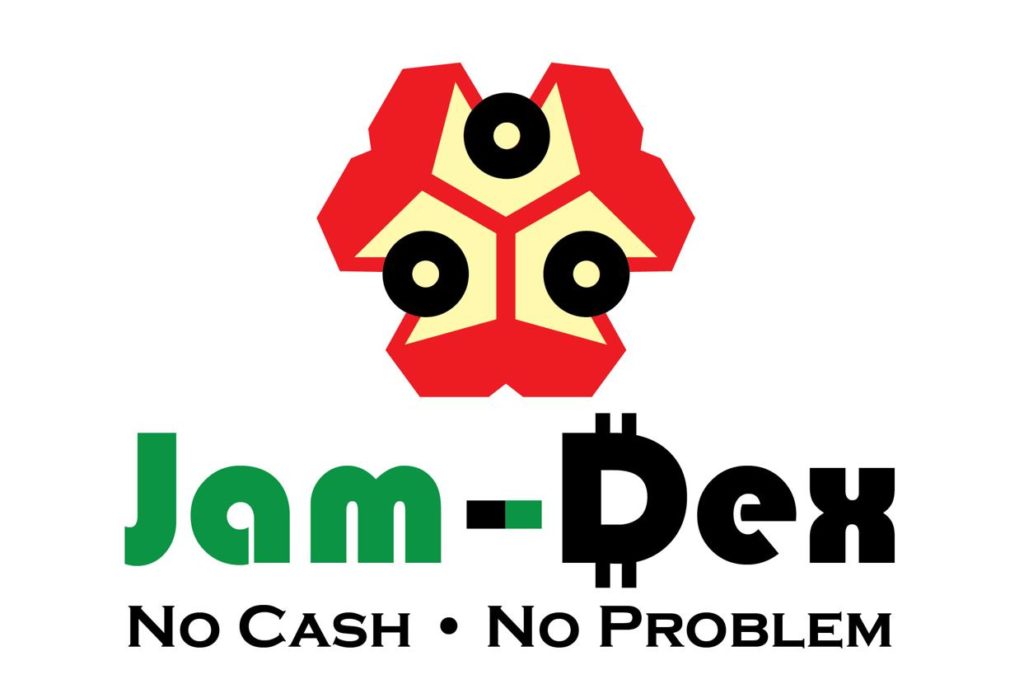
Today, more and more persons in the unbanked and underbanked communities are entering the formal banking system with more access to financial services to advance their own financial independence. The future is bright; as we look to the next 60 years and as Jamaicans increase the use of JAM-DEX to conduct everyday transactions using digital wallets, we can anticipate greater financial inclusivity for all.

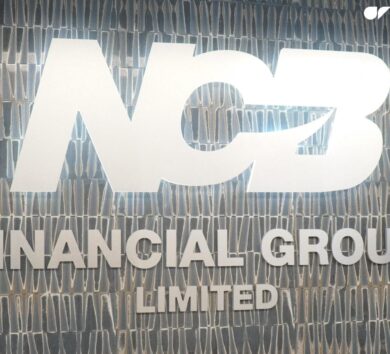
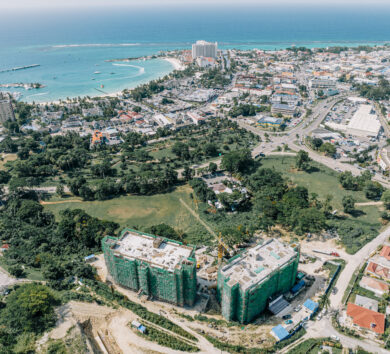




Comments